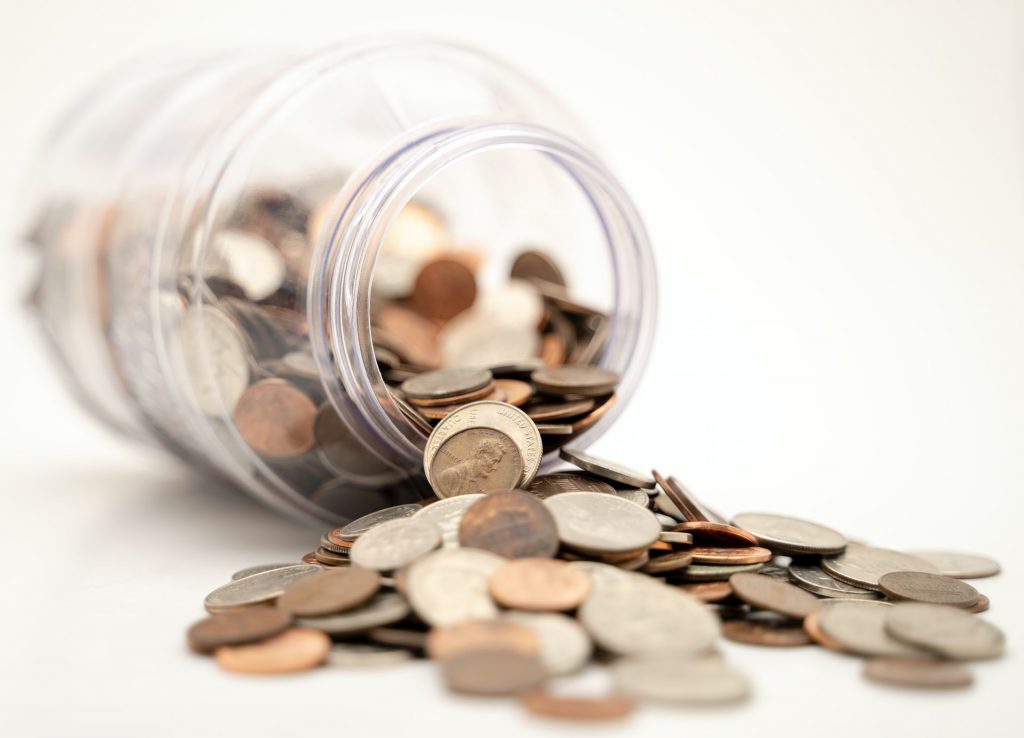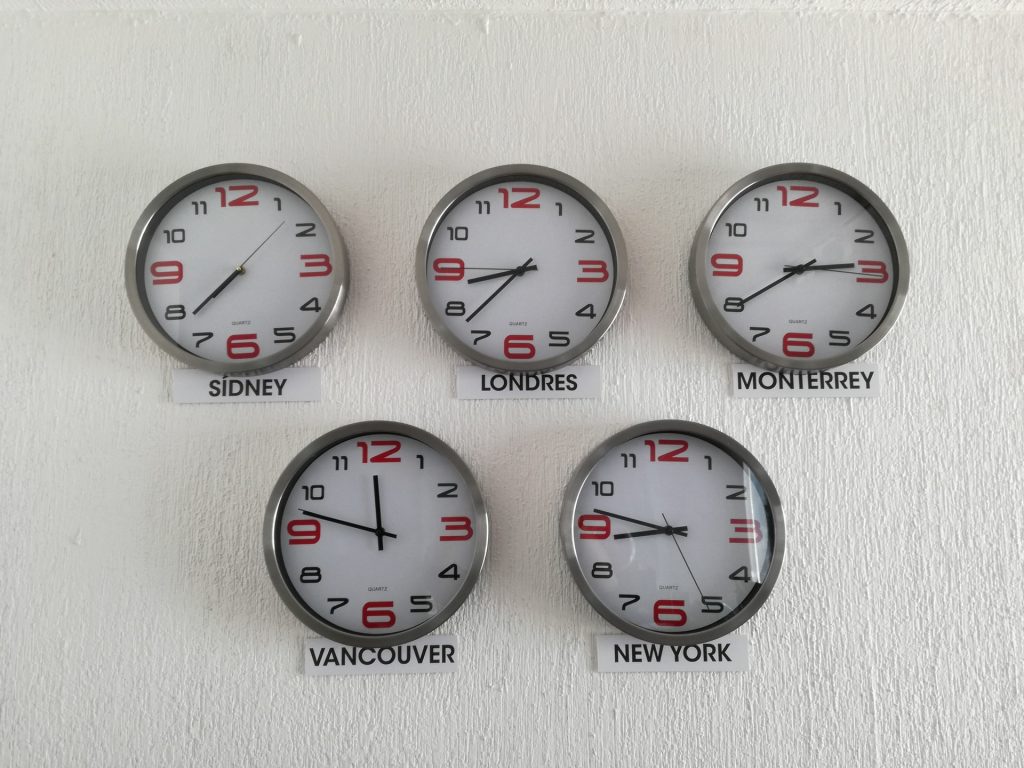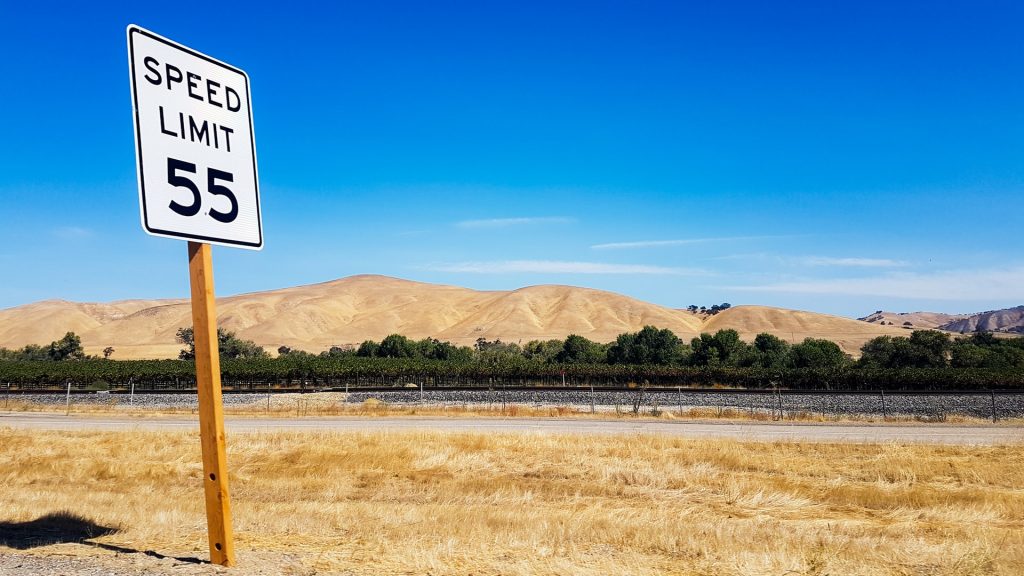Let’s start things off with a quick review of the basics.
Specifically, I’m going to share what scalping trading is and why it’s an important trading style.
You’ll also learn the major differences between scalping trading, day trading, swing trading, and position trading.
What is scalp trading?
Scalping is the fastest possible manual trading style considering the time between the open and close of the orders. It aims to make quick profits in very small market movements.
That’s the main difference between scalping, day trading, and swing trading.
These kinds of trades don’t last more than a few seconds to eventually just a few minutes.
They are traded in very low time frames, or even in tick charts. You should know what is the best time frame to trade for you before you start trading as a scalper.
In terms of open and close of orders time, it’s only slowest than HFT trading, which stands for High-Frequency Trading. But this trading style is only done by scalping bots as it may make hundreds or thousands of trades in 1 minute.
Why is scalp trading attractive to traders?
The market price makes much smaller movements than bigger movements during the day.
This means that when you know how to scalp, the trading opportunities are endless.
Instead of waiting a long time for a trading setup to appear in a higher time frame, scalping traders may have several trading setups in just a few minutes, using low time frames.
At the same time, the trades are open and closed in a very short time. It’s easier to control your emotions when you don’t need to wait a long time and hold your trades until they achieve your target.

That’s exactly the opposite of what happens when you trade higher time frames. Since you need to hold your trades for a long time, hours, days, or even weeks or months, you may feel tempted to close your trades too soon without leaving your profits running.
Do you identify with this? Probably yes, it’s very common…
How much time do I need to scalp trading?

Since scalping is a trading style that aims to collect just small market movements at a time, you need to make a lot of scalping trades per day to collect a decent amount of profit.
You’ll need to be able to spend several hours a day glued to your trading monitor to be able to catch all those opportunities to take your quick trades in and out.
Scalping requires a lot of attention to the charts and constant concentration. Your trades must be open in very precise locations. For this reason, you need to be very focused and think very quickly.
The environment where you are trading as a scalper needs to be free of distractions. Any small distraction can be the difference between being able to enter the trade as a snipper or losing the entry price.
Even worse, it can be the difference between closing a trade with a profit or letting the price quickly come back to you and give you a loss.
Scalping requires quick thinking and quick action, and that makes it not suitable for all kinds of traders. Not everyone can handle such a big pressure for a long time.
How much money do I need to scalp trading?

When you are trying to profit from very small movements of the market, you need to use very large lot sizes to get a decent amount of profit on every trade.
If you take a trade with 500 points of target you need a lot size that is 10 times bigger than with a trade that has 50 points of target, to get the same return.
If your trade only has 5 points of target, your lot size should be 100 times bigger to get the same amount of money in return.
You got the idea…
So, what do you need to trade with big lot sizes?
One simple word: margin.
The bigger the lot size, the bigger the margin that you need to have on your account, and the bigger your account balance needs to be.
What is margin?
Margin is an amount of money that your broker “locks” from your balance each time that you open a trade. The bigger the lot size, the bigger amount of money that will be locked by your broker.
That locked money will only be released when the trade is closed. This margin is used to prevent your account to incur big losses, or even going into negative balance if the market makes very fast movements against you and your order can not be closed at the price that you predicted.
Depending on the broker that you use, you may have different requirements for margin. Some brokers may lock a smaller amount of margins than others. You should consider that when you are choosing your broker to trade, either if you are trading using a CFD’s broker or Futures broker.
Usually, CFDs brokers have smaller margin requirements to trade. And that’s because they typically offer more leverage to trade.
But do you really need to use such big lot sizes?
Not really. Since you aim to profit from very small market movements and make lots of trades in a day, you can use smaller lot sizes.
This means that you can still trade as a scalper using a small account.
The only difference is that the smaller the lot size that you use, the more trades you’ll have to take. This leads to more time spent in front of your screen looking for opportunities for scalp trading and making a decent amount of profit.
Do I have the potential to be a scalper?

As a scalper you need to have the following characteristics:
- Fast thinking, making quick decisions
- Fast market analysis
- Fast acknowledgment of trends change
- Fast action, quick fingers, or even using keyboard shortcuts to trade
- Patience to wait for the best opportunities like a sniper
- You have enough time and don’t mind spending several hours in front of the screen trading
- You don’t have the patience to let your trades run. (well, you don’t need this to be a scalper, but if you are like this, scalping may be a solution for you)
If you have the following characteristics you should consider choosing a different trading style:
- You like to take your time to analyze the markets and make decisions
- You are a beginner or have a lack of trading experience
- You can’t handle the stress in fast-moving environments
- You don’t have enough time to spend in front of your screen for several hours a day.
- You prefer to take a smaller amount of trades with bigger profits per trade.
Select the best markets to trade as a scalper

To be a successful trader scalping you need to know how to choose the best markets to trade. Not every market is suitable for scalping and there are differences between trading forex, stocks, and indices.
Here are the most important factors that you need to know:
Liquidity
Liquidity is related to the number and size of pending orders that exist on the market at a certain time.
Scalping is about entering at a price as a sniper and getting out the quickest possible.
When you hit your buy or sell button, you want your order to be executed at that exact price, or at least the closest possible. The same happens when you want to close your trade. If your trade close is not executed at the price that you want, one small movement of the price may make your trade close to a loss.
That’s why liquidity is an important factor to consider. The more liquid the market that you are trading, the more accurate will be your orders opening and closing prices.
The most heavily traded markets are the ones that have more liquidity.
The worse markets to trade regarding liquidity are markets that barely move most of the time, and that includes penny stock markets and most cryptocurrencies.
Spread
The spread is one of the most important factors when it comes to scalp trading.
Spread is by definition the distance between the ask and bid price.
The Ask price is always higher than the Bid price. (sometimes they may be at the same price, which is called zero-spread, in brokers that charge commissions to trade).
When you open a buy trade, your trade opens at the Ask price. The Ask price is the best price that someone is selling at a particular moment.
On the other hand, when you are closing a long trade, you are selling to the market buyers. So you’ll sell at the Bid price, which is the price that someone is willing to pay at a particular moment.
So, why is the spread important?
Every time that you open a trade, the trade opens with negative profit. That negative profit is equivalent to the spread value at that moment.
For your trade to enter into profit territory, the price must move in your trade direction at a distance that is equal to the spread. Only after that, you start to get a profit.
We already saw that scalping involves getting profits from small market movements. If the spread of the market that you are trading is big, you need the market to make bigger movements to get to your profit target.
Taking the spread into consideration when choosing a market to trade as a scalper, can be the difference between having success scalping or ruining your account.
Usually, the markets with the smallest spreads are the ones that have more liquidity.
Commissions
Commissions are fees that some brokers charge each time that you open and/or close a trade.
They actually are kind of a disguised spread.
Want to know why?
Let’s compare two hypothetical different brokers.
Broker A:
- Doesn’t charge commissions.
- Spread on EUR/USD is 1 pip.
Broker B:
- Charges $7 commission/lot/trade.
- The spread on EUR/USD is 0.3 pips.
So, what’s the difference?
Imagine that you are trading 1 lot size in EUR/USD. Your pip value is $10.
Each time that you open a trade on broker A, you start with 1 pip of negative profit (-$10), because you are paying the spread. The price must move 1 pip in our direction in order to cover that spread.
Each time that you open a trade on broker B, you start with 0.3 pips negative (-$3), which is the spread value. The price must move in your direction by 0.3 pips in order to cover the spread.
At this point, broker B seems to be better to trade than broker A.
But there’s a catch.
In broker B you also pay a commission, which is $7/lot in this example. $7 is equivalent to 0.7 pips.
So, in fact, when you are trading with broker B, you need the price to move 0.3 pips to cover the spread + 0.7 pips to cover the commission. That’s a total of 1 pip.
It’s actually the same as broker A!
Sometimes these kinds of things can happen inside the same broker. Your broker may have different account types. One of them without commissions but with higher spreads, and another one, with commissions but lower spreads.
When you are comparing different brokers or different account types, you should always consider the commission as a value, added to the spread, to know which one is actually better to trade.
Sometimes it can be roughly the same value, as we saw in this example. Other times there can actually be an advantage in one of the account types or broker. Do your homework and choose the broker or account type that gives you the best advantage to trade.
Choose the best time of the day for scalping

As we saw above, liquidity is very important for a scalper to get the best prices either when opening or closing a trade.
For this reason, the best time for scalping is when the markets have more participants. When the markets are moving more, at their busiest times.
The best market moves typically start when the London session opens. At that time the Dax market is open too. The market gains good volatility, the movements are more accurate, and the liquidity increases.
When we get to the New York session open time, the market typically is even better. We have 2 sessions overlapping at the same time, London and New York, so this is a heavily traded part of the day.
As the London session closes, the volatility starts to decrease, but it still delivers some good movements to trade up to the close of the New York session.
Focus on one pair, index, or stock at a time

You need a lot of focus when it comes to scalping.
Since it’s something very intensive, you need to direct your energy to the best place.
The more markets you are analyzing and trading at the same time, the more lost you’ll be.
Try to focus just on one pair at a time. Get involved with its movements, build a relationship with it, and watch it every day over and over.
Imagine that you have a new girlfriend. Probably at the beginning, you don’t know much about her, how she reacts, what she likes or dislikes, …
As time passes, and you keep spending time with her, you start to learn more about her. You learn about her feelings, about how she behaves in some situations, what she likes to do… and a lot of times you can even predict her behavior.
Markets are like a girlfriend. Every market has a different personality, when you watch the same one every single day, you start to understand its personality.
You start to understand what it’s going to do when something specific happens.
If you have several girlfriends, you start to give roses to the one that likes chocolates. Or you go to spend the weekend in the mountains with the one that prefers the beach. Everything will be a mess inside your head and you’ll not be able to do whatever you need to do in order to maintain a good relationship with them.
When you focus on the same market every single day your relationship with it will improve and your chances of success will increase. You’ll always know what you need to do.
Beware of news releases

News releases are great moments to bring volatility to the markets, especially high-impact news releases.
But what happens if you opened a trade to scalp a small movement of the market, just before some news is released, and the price just shoots back with a huge movement against you?
The result would not be good, right?
When news is released the liquidity is quickly drained from the market, creating big slippages in the execution of your trades.
The best way to trade news releases is to wait for them to be released. You don’t want to have open trades with tight stop losses at that time.
Just don’t open any scalp trade or close any that you may have open.
After the first 1-2 minutes, the story changes. The initial spike is over and now it’s your time to start scalping and get the advantage of that volatility.
Follow a plan

Everything in trading must have a plan in the background.
When you don’t have a plan, you don’t know what you are doing and your results will be just based on luck and not on consistency.
There’s no space for mistakes in scalping. You can’t do just half of the things.
If you don’t have a plan yet, I recommend that you stop trading now.
Create your plan first and then follow it, ALWAYS!
Be selective

Be picky, very picky.
You don’t need to jump into every garbage opportunity that appears in front of you.
Just because you are trying to get very small movements, do you think that you can be successful in entering any random place in the chart and have a profit at the end of the day?
That’s not going to happen.
You don’t need to enter the market every minute, every hour, or even during the whole day.
If the market is not good to trade, just forget about it for the day.
There will always be markets to trade.
Always! Really!!
So, stop getting into trouble and hold your finger when there’s nothing to do.
Establish a limit

Limit for everything.
Yes, limit yourself!
Emotions are something difficult to handle.
No one can resist for a long time, no one.
Establish a limit for losing trades, winning trades, number of total trades, number of hours to trade, markets to analyze…
Just limit everything possible. You’ll see your results improving very quickly.
Beware of the traps

Adam ate the apple.
Don’t do the same thing.
Don’t fall into temptation.
The apple is the symbol of the emotions.
Don’t fall on the traps:
- I just want to recover from the losses
- Just one more trade
- Revenge
- …
The trap is inside your mind!
On losing control of your emotions.
The trap is not the market, the trap is you.
Trade only when you are awake.
Conclusion
I find scalping infinitely interesting.
No doubt that is one of the most powerful ways of trading.
But that power can also take you down very quickly if you are not prepared to deal with your emotions and the constant pressure that this activity requires.
It’s amazing to see how many traders choose this trading type, but they have no idea how to handle it.
The points I listed in this guide should ensure that you cover most (if not all) of the bases.
If you follow these rules you can expect a significant improvement in your trading results and all the benefits that come along with it.
What about you? Are you a scalper or prefer a different trading style?


